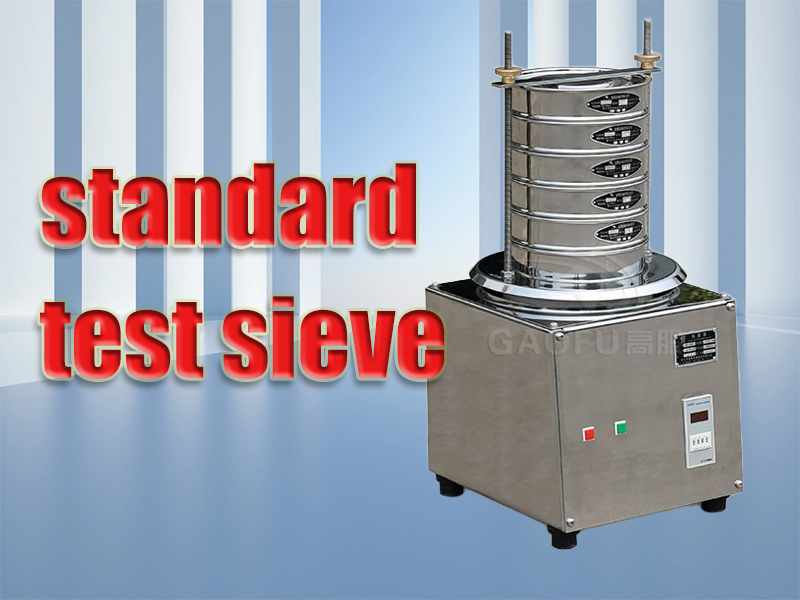How the Standard Test Sieve Works
The Standard Test Sieve is an essential tool used for particle size analysis, material classification, and impurity detection across various industries, including pharmaceuticals, chemicals, food processing, and metallurgy. It operates by converting the rotational movement of a motor into a three-dimensional motion, which enables efficient and accurate screening, filtration, and material classification.

Three-Dimensional Motion for High-Precision Screening
The core mechanism of the Standard Test Sieve relies on a motor with eccentric weights attached to its upper and lower shafts. As the motor rotates, these eccentric weights generate a three-directional vibration movement:
✅ Horizontal Motion – Ensures even distribution of materials across the sieve surface.
✅ Vertical Motion – Helps particles move through the mesh for accurate separation.
✅ Inclined Motion – Encourages materials to roll, rotate, and jump for thorough screening.
This dynamic movement effectively agitates the material on the sieve surface, allowing for precise particle separation and accurate measurement.
Versatile Applications for Powder and Granular Materials
The Standard Test Sieve is designed to work with a wide range of materials, making it a valuable tool for quality control and laboratory testing.
1. Particle Size Analysis and Classification
✅ Used for grading and separating granular and powdered materials based on particle size.
✅ Helps ensure uniformity in product composition, which is critical for industries like pharmaceuticals, chemicals, and food processing.
✅ Supports multi-layer sieve configurations, allowing for simultaneous classification of different particle sizes.
2. Liquid-Solid Content Measurement
✅ Can be used for testing the proportion of solids in liquid mixtures, ensuring accurate formulation in industries such as food production and chemical processing.
✅ Efficiently separates fine solid particles from liquid suspensions, improving product consistency.
3. Impurity Detection and Filtration
✅ Removes foreign particles, oversized grains, or unwanted impurities, ensuring high-quality raw materials.
✅ Enhances purity control in applications where precision and cleanliness are required.
Why Choose the Standard Test Sieve?
The Standard Test Sieve provides high-precision screening, reliable particle analysis, and efficient impurity removal, making it an essential tool for laboratories, production facilities, and quality control departments.
Key Benefits:
✅ Accurate and consistent results for particle size distribution analysis.
✅ Multi-functional design suitable for both dry and wet material screening.
✅ Durable construction with high-quality mesh screens for long-term use.
✅ Customizable sieve layers to meet different industry standards and testing requirements.
✅ Easy operation and maintenance, ensuring high efficiency in quality control processes.
